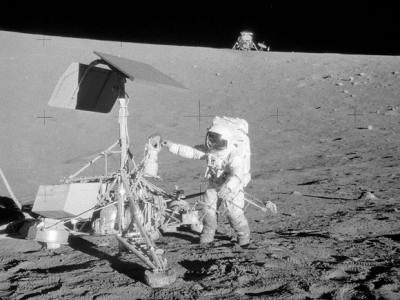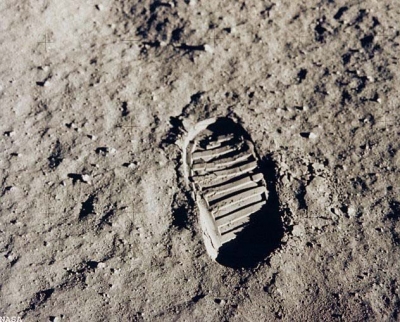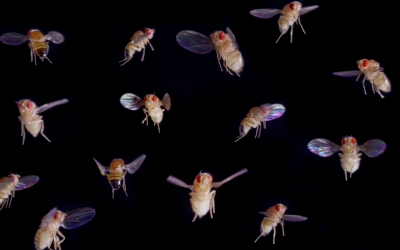
Launched on April 17, 1967, Surveyor 3 was the third engineering flight of the Surveyor series and the second in the series to achieve a soft landing on the moon. It was based on Surveyor 3's surface sampling tests that it was concluded that the lunar surface could hold the weight of an Apollo lunar module
The Apollo 11 mission will remain in the collective consciousness of human beings forever. This is because it was the first time we humans managed to set foot on our natural satellite, the moon.
It is important to remember that this was made possible due to a number of missions that preceded this one. Among these was the Surveyor 3 spacecraft which proved beyond doubt that an Apollo lunar module could indeed safely land on the moon's surface.
The third engineering flight of the Surveyor series, this spacecraft was the first to carry a surface-sampling instrument that could reach up to 1.5 m from the lander and dig up to 18 cm. Unlike its predecessors, Surveyor 3 began its mission from a parking orbit around Earth on April 17, 1967.
Bouncing to a stop
While it became the second in the series after Surveyor 1 to achieve a soft landing on the moon three days later on April 20, it was far from smooth. As highly reflective rocks confused the landers descent radar, the main engine did not cut off at the correct moment during the descent to the lunar surface.
This meant that Surveyor 3 bounced off the moon, not once but twice-first to a height of 10 m and then again to a height of 3 m. It was third time lucky for Surveyor 3 as it landed softly in the southeastern region of Oceanus Procellarum.
With its worst behind it. Surveyor 3 set out to do what it was sent to do. Within an hour after landing, the spacecraft began transmitting the first of over 6,000 TV pictures of the surrounding areas.
Similar to wet sand
The most important phase of the mission included deployment of the surface sampler for digging trenches, manipulating lunar material, and making bearing tests. Based on commands from Earth, the probe was able to dig four trenches, performing four bearing tests and 13 impact tests.
The results from these experiments were the most important aspect of this mission. The scientists were able to conclude that lunar soil's consistency was similar to that of wet sand and that it would be solid enough to bear an Apollo lunar module when it landed.
The start of May saw the first lunar nightfall following the arrival of Surveyor 3. The spacecraft's solar panels stopped producing electricity and its last contact with Earth was on May 4. While Surveyor 1 could be reactivated twice after lunar nights, Surveyor 3 could not be reactivated when it was attempted 336 hours later during the next lunar dawn.
Tryst with Apollo 12
That, however, wasn't the last of what we heard about Surveyor 3. Four months after the huge success of Apollo 11, NASA launched Apollo 12 in November 1969. The lunar module of Apollo 12 showcased pinpoint landing capacity as the precise lunar touchdown allowed the astronauts to land within walking distance of the Surveyor 3 spacecraft. During their second extra vehicular activity on November 19, astronauts Charles Conrad, Jr. and Alan L. Bean walked over to the inactive Surveyor 3 lander and recovered parts, including the camera system and the soil scoop.
Just like moon rocks, these were returned to Earth for studying, as they offered scientists a unique chance to analyse equipment that had been subjected to long-term exposure on the moon's surface. The studies of the parts showed that while Surveyor 3 had changed colour due to lunar dust adhesion and exposure to the sun, the TV camera and other hardware showed no signs of failure.
While NASA placed some of the Surveyor 3 parts into storage along with moon rocks and soil samples, the remaining parts found home elsewhere. Even though NASA treats them as lunar samples and not artefacts, they are greatly valued when gifted or loaned out, both to museums and individuals.
Picture Credit : Google




